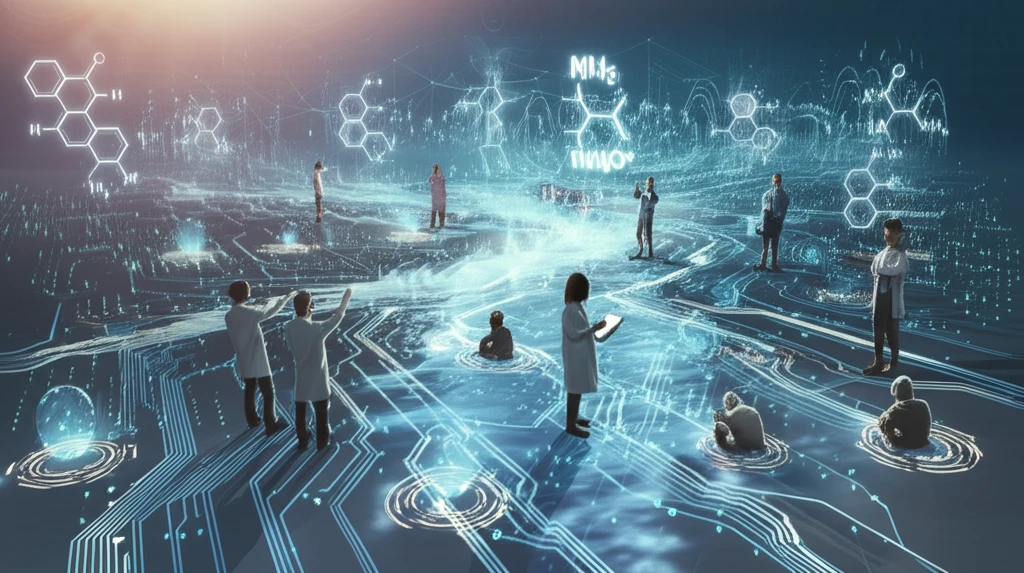
Decoding Water Quality: How a New Model Can Protect Our Waterways
"Discover how this innovative proton transfer model is revolutionizing our understanding of water chemistry and offering new tools for environmental protection."
Water is the lifeblood of our planet, essential for ecosystems and human survival. Yet, maintaining its quality is an ongoing challenge, particularly with increasing industrial activities and climate change. One of the most pressing issues is the presence of contaminants, which can disrupt aquatic life and even affect human health. Traditional methods of water quality monitoring often fall short in predicting and managing these complex interactions.
Understanding the chemical processes in water is crucial for effective water treatment and conservation. These processes are influenced by various factors, including dissolved carbon dioxide and the presence of minerals like limestone. These elements interact in intricate ways, affecting the water's pH and the solubility of different substances. For example, changes in carbon dioxide levels can alter the equilibrium of the water, influencing how pollutants behave and how effectively they can be removed.
Now, a new approach to water quality modeling promises to enhance our ability to understand and manage these complex systems. Scientists have developed a novel proton transfer model that offers a more detailed and accurate representation of the chemical interactions in water. This model could revolutionize how we monitor, treat, and protect our precious water resources.
What is the Proton Transfer Model and Why Does it Matter?

At its core, the proton transfer model is a sophisticated system that simulates the chemical reactions occurring in water, particularly those involving protons (hydrogen ions). It builds upon existing models, incorporating principles of proton transfer to provide a more comprehensive understanding of water chemistry. This model focuses on systems containing water, carbon dioxide, limestone (calcium carbonate), and ammonia, all of which are commonly found in natural and industrial water sources.
- Predicting Pollutant Behavior: Accurately forecasts how pollutants interact within water systems.
- Optimizing Water Treatment: Enhances the efficiency of water treatment processes by understanding chemical equilibria.
- Protecting Aquatic Life: Helps maintain stable aquatic environments, crucial for biodiversity.
- Managing Industrial Waste: Aids in managing waste water, reducing environmental contamination.
The Future of Water Quality Modeling
The development of the proton transfer model represents a significant step forward in our ability to understand and manage water quality. By providing a more accurate and detailed representation of the chemical interactions in water, this model offers valuable insights for environmental protection, water treatment, and industrial waste management. As we face increasing challenges from pollution and climate change, such innovative tools will be essential for safeguarding our planet's most precious resource.
